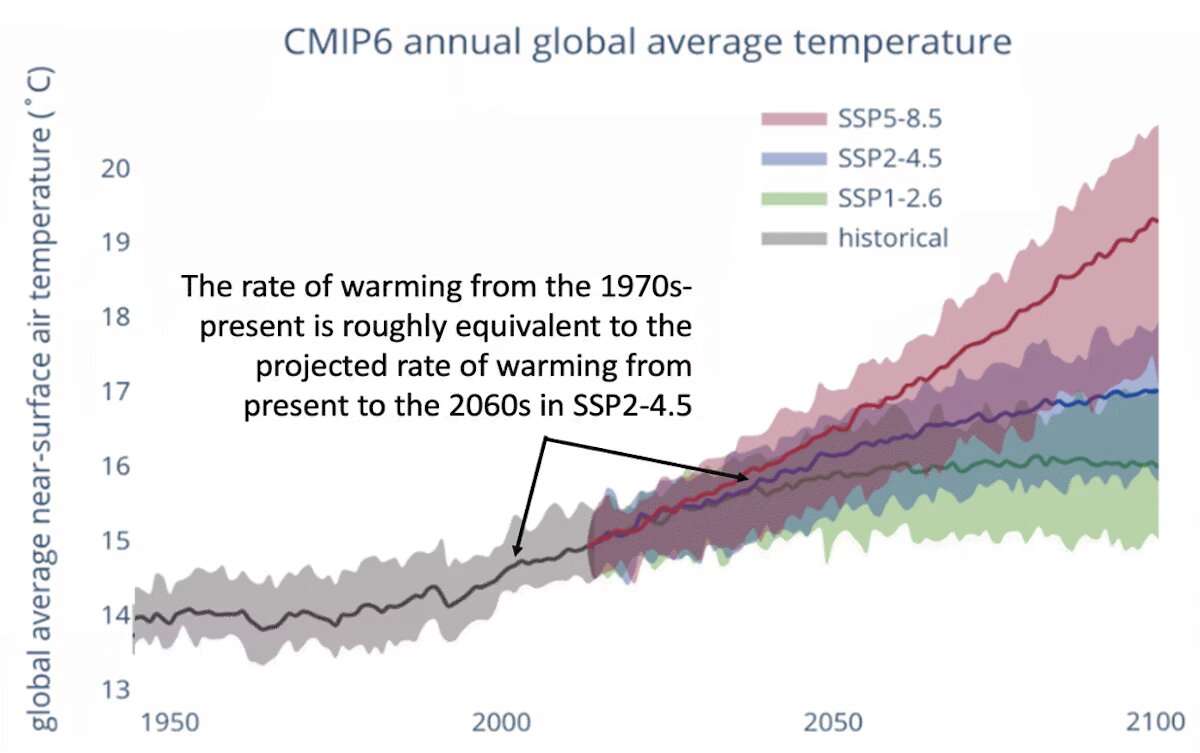There was a dramatic drop in excess winter deaths in the severe winter of 2009/10, the coldest in 14 years, compared to the milder winter of 2008/09, according to a new report out from the Office for National Statistics.
The winter brought an estimated 25,400 excess winter deaths in England and Wales in 2009/10, a 30 per cent drop compared with the figures for 2008/09. There were 10,600 excess winter deaths in males and 14,800 in females, the majority occurring amongst those aged 75 and over.
The report, Excess winter mortality in England and Wales, 2009/10 (provisional) and 2008/09 (final) points out that excess winter mortality is mostly not caused by conditions directly related to the cold, such as hypothermia. The majority of additional winter deaths are caused by cerebrovascular diseases, ischaemic heart disease and respiratory diseases. Exposure to cold or to influenza infection can be fatal to people who are already vulnerable because of these pre-existing health conditions.
ONS defines the winter period as December to March, historically the coldest months in England and Wales, and compares the number of deaths in this winter period with the average number of deaths occurring in the preceding August to November and the following April to July.
ONS researcher Vanessa Fearn said: “Although the winter of 2009/10 was the coldest one since 1995/96, excess winter mortality fell by almost a third. This is may be because levels of influenza were low for most of the winter season. The highest excess winter mortality in recent years was in 1999/2000 when influenza reached epidemic levels in a relatively mild winter.”
Another report released today by ONS points out the complexity of the relationships between mortality, the temperature, and other factors such as the prevalence of influenza in winter and air pollution in summer. Exploratory analysis of seasonal mortality in England and Wales: 1998 to 2007 looks at research carried out to link levels of mortality with extremes of temperature and concludes that daily mortality cannot be predicted from temperature alone.
Statistical Bulletin | Excess winter mortality 3
On excess winter mortality, the report mentions previous research showing that levels vary widely within Europe and are higher in countries that take fewer precautions against the cold, both indoors and outdoors. Finland, with its very cold winters, has the lowest winter mortality; while Portugal, with its milder climate, has the highest.
Vanessa Fearn added: “Previous research suggests that excess winter mortality is lowest in cold countries such as Finland. This is likely to be because their houses are insulated against the weather and people dress warmly when the temperature plummets.”
statistics.gov.uk – Death rates plunge despite coldest winter in 14 years


0 Comments